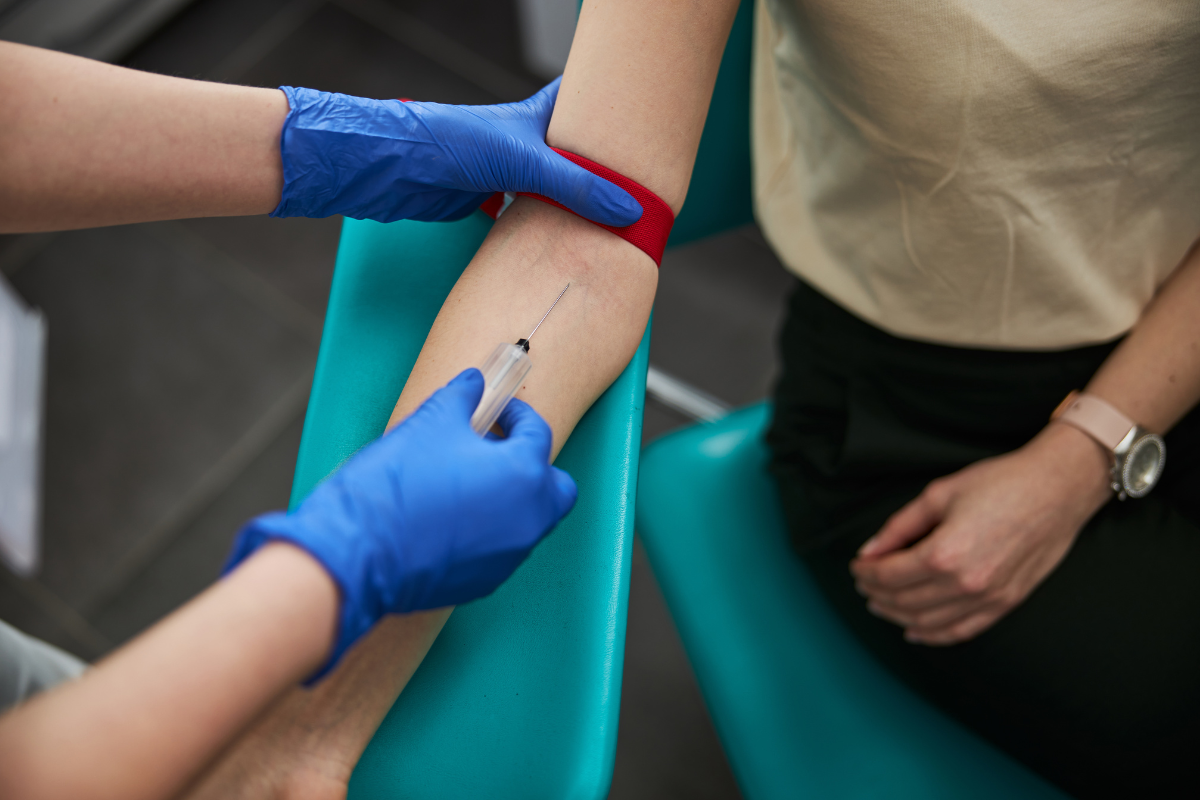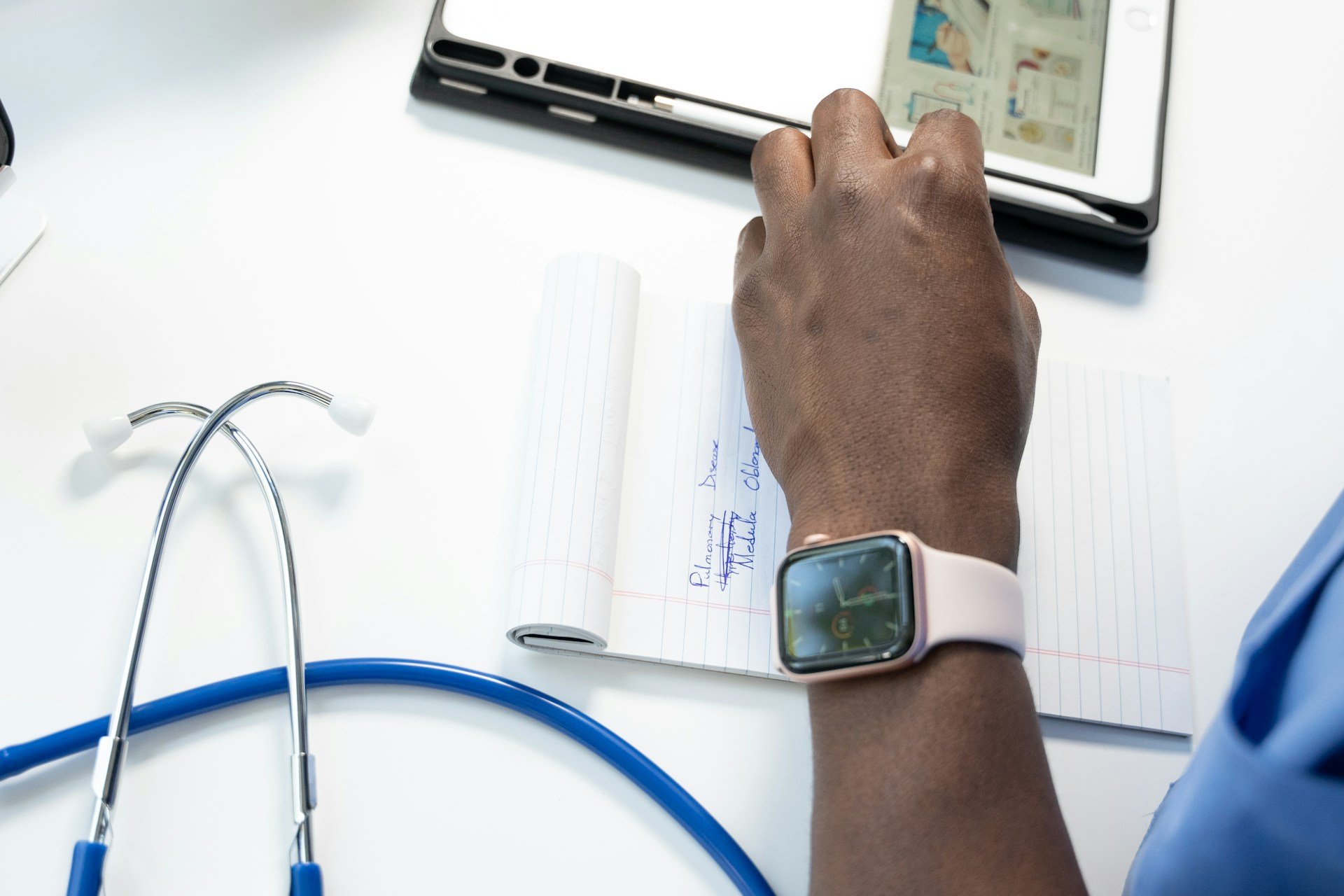Overcoming the Regulatory Challenges of Digital Health Technologies

Speaking at Oxford Global’s Digital Biomarkers & Pathology Symposium was Dr Derek Hill, Professor at University College London. Dr Hill gave a compelling presentation on the regulatory challenges facing Digital Health Technologies (DHTs), making a case for an active engagement with regulators in their development.
In recent years, the consumer market for wearable technology has exploded, leading those in biomarker research to speculate on their potential use as DHTs. They have the potential to be more objective, more sensitive and of a higher frequency due to their home-based and patient-focused modality, says Dr Hill. But it is also essential to be honest about some of the challenges that DHTs face when it comes to regulatory standards for their use in clinical research.
Lessons learned from Watch-PD
Dr Hill demonstrated some of the regulatory challenges of DHTs by introducing a case study. Watch-PD was a trial designed to test the efficacy of digital biomarkers captured by DHTs in patients with Parkinson’s disease. The trial used two different technologies to record motor symptom data from the participants: APDMs or “research-grade sensors” and a more consumer-familiar Apple Watch and iPhone combination.
Before commencing the study, The Critical Path Parkinson's Consortium obtained regulatory feedback on the Watch-PD study design from both FDA and EMA. The regulatory feedback encouraged them to focus on a number of challenges in advancing the regulatory maturity of DHTs in Parkinson’s Disease. This included understanding and controlling for sources of variability in a home setting, usability and patient adherence, ensuring clinical meaningfulness of the measures, and establishing a normative database to compare how the DHTs perform in normal, aged matched subjects as well as people with Parkinson's Disease.
Assessing and Controlling Sources of Variability
Sensitivity to and variability of data are significant factors in good study design but combined with the at-home patient-focused approach of DHTs, they can become problems to navigate when pursuing good data from experiments. Several factors are relevant, not least of which is the variability of the hardware itself: Such as the different ways patients wear the devices or the firmware of the technology (which controls data rates, data filtering etc). But also, the experiment's environment influences the data outcome: for example, higher room temperature might lead to greater mobility in the home, and better weather can lead to more physical activity outdoors. Such environment-induced changes might confound disease and treatment related effects, Dr Hill explains.
Without the broader context of the experiment, the data captured can become non-repeatable, leaving scientists to guess the conditions of the test and leading to messy data. Therefore, rich and accurate metadata is vital to the use of DHTs in experiments; scientists should gather metadata alongside experiment data about the device and environment of the test to control for differing contexts. Dr Hill explained that one experiment implemented Bluetooth “beacons” to capture this metadata. These wireless devices can be positioned around a subject’s home, and a wrist-worn wearable can estimate which beacon they are closest to, this provides contextual metadata to the experiment data recorded by wearable DHTs. “Environment, temperature, noise, and light levels” are all variables that these beacons can track and use the label the wearable sensor data, for scientists to use as contextual metadata, says Dr Hill.
Cybersecurity and Data Privacy Challenges
Dr Hill was also keen to point out that robust data is not the only factor in ensuring the regulatory maturity of DHTs. The digital age and the “internet of things” have presented new challenges to recording experiment data, namely cybersecurity and data privacy. “It is critical that people trust digital technology in a healthcare setting”, Dr Hill explained, “because it involves the capture of private and sensitive data”. In response, regulators are increasingly emphasising data security and integrity. An uptake in cybersecurity guidelines is emerging in medical device governing bodies in the EU, US and elsewhere. Recently published cybersecurity guidelines require a risk-based approach to design and development. Dr Hill, therefore, recommends a threat model to predict and protect against data breaches to mitigate them from early development.
To Conclude
DHTs have great potential to transform clinical trials in the future, but they must overcome significant challenges before that happens. “We need ways of showing what we measure is meaningful,” says Dr Hill, “we don’t just want sensitivity: we need to control variability and move towards standardisation, and we also need to address issues around cybersecurity. These are all issues in which regulators are key stakeholders.” However, Dr Hill maintains that this is not a case of simply waiting for regulatory guidance to be published. Instead, engaging with regulators beforehand allows the industry to predict what is required and overcome the challenges they may face more effectively.
Dr Hill favours an active approach to regulation and honesty about potential developmental problems with DHTs. The goal is to “prove that these devices are indeed fit for purpose for secondary, and ultimately primary, endpoints in clinical trials for innovative new medicines”, explains Dr Hill.
Collaborative engagement is, therefore, key to digital health technology development, so why not join us for more exciting talks at Oxford Global’s upcoming Digital Biomarkers UK Conference? You can also track the latest Biomarker developments by signing up for our Biomarker content portal’s newsletter.






